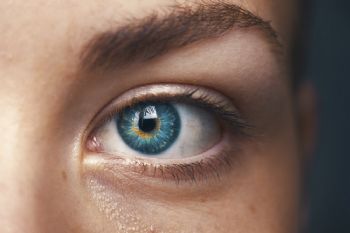
When a person has a severely damaged cornea, a corneal transplant is required. However, in South Korea — home to
Pohang University of Science and Technology (POSTECH) — there are 2,000 patients waiting for cornea donation; moreover, they wait for six or more years on average, which is why many scientists have been focusing on developing an artificial cornea.
POSTECH (
www.postech.ac.kr) professors Dong-Woo Cho and Jinah Jang plus colleague HyeonjiKim collaborated with professor Hong Kyun Kim (in the department of ophthalmology at Kyungpook National University) and 3-D printed an artificial cornea using ‘bio-ink’ made of ‘de-cellularised’ corneal stroma and stem cells.
Because this cornea is made of corneal tissue-derived bio-ink, it is biocompatible, and 3-D cell printing technology replicates the corneal micro-environment, so its transparency is similar to the human cornea (this research was
recently published in Biofabrication).
The cornea is the thin outermost layer that covers the pupil and protects the eye from the external environment; and being the first layer that admits light, it needs to be transparent, move as the pupil moves and be flexible.
Moreover, the human cornea features a lattice pattern of collagen fibrils, which ensures its transparency. The research team used shear stresses generated in the 3-D printing to produce the corneal lattice pattern.
In the 3-D printing process, when bio-ink passes through the nozzle, the frictional force produces shear stresses.
The research team successfully produced the lattice pattern of a human cornea by regulating the shear stress to control the pattern of collagen fibrils.